Too much light?- what happens
zink
19 years ago
Related Stories

GARDENING GUIDESGot Frost-Damaged Plants? How It Happens, and When and How to Prune
Crispy brown leaves are a sure sign that Jack Frost has been to your neighborhood
Full Story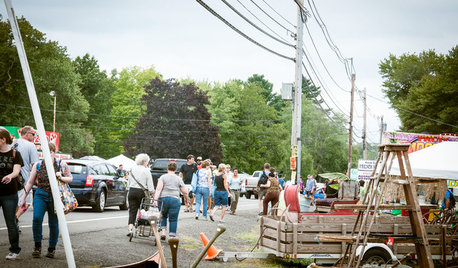
EVENTSHappening Now: The Brimfield Antique Show
Take a peek at the largest outdoor antiques show in the United States
Full Story
BEDROOMSGuest Picks: 20 Kids' Bedroom Chandeliers
Choose from princess-y pink, peppy mod and more for your little one's overhead lighting
Full Story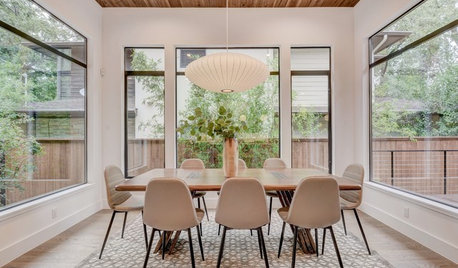
REMODELING GUIDESHow to Get Your Pendant Light Right
Find out where to place a hanging light and how high it should be
Full Story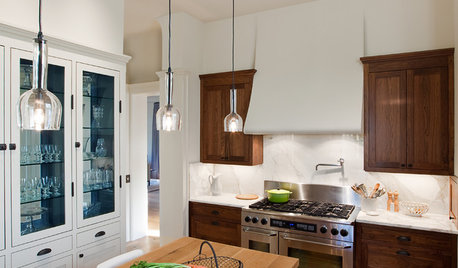
KITCHEN DESIGNPick the Right Pendant for Your Kitchen Island
Don't settle for bland builder-grade pendant lights when you can have your pick of colors and kinds to match your kitchen's style
Full Story
BEDROOMSBedroom Pendants Hang With the Best Styles
Edgy, space saving and unexpected, pendant lights by a bed are as stylish as they are practical
Full Story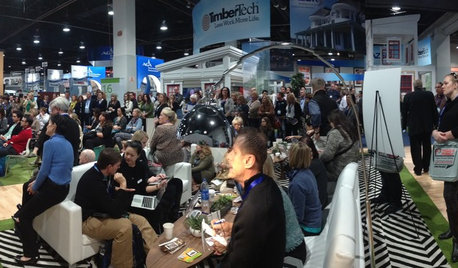
INSIDE HOUZZFollow Houzz at the 2014 International Builders’ Show
Missed the excitement in Las Vegas this year? Catch up on all the Houzz happenings right here
Full Story
LIGHTINGThe Ultimate Nightlight
Show your passion for drama and high style with a chandelier in the bedroom
Full Story
LIGHTING10 Chandeliers for People Who Don't Like Chandeliers
Get all the chandelier benefits without channeling Liberace, thanks to wood, paper, wire — and even a surprising old-fashioned staple
Full StorySponsored
More Discussions






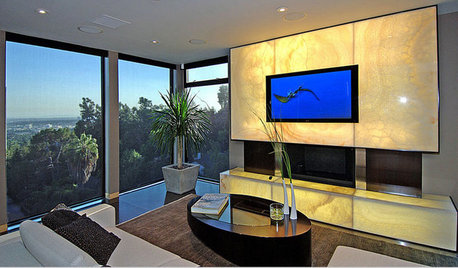
sonnypippo
john_z
Related Professionals
Garden City Landscape Architects & Landscape Designers · Maple Valley Landscape Contractors · Andover Landscape Contractors · Broomfield Landscape Contractors · Cornelius Landscape Contractors · Fort Hunt Landscape Contractors · Midland Landscape Contractors · Newberg Landscape Contractors · Tinton Falls Landscape Contractors · Alexandria Fence Contractors · Lorton Fence Contractors · Malibu Fence Contractors · Marana Fence Contractors · New Haven Fence Contractors · Northbrook Fence Contractorsderfberger
jkirk3279
shrubs_n_bulbs
jkirk3279
shrubs_n_bulbs
jkirk3279
shrubs_n_bulbs
jkirk3279